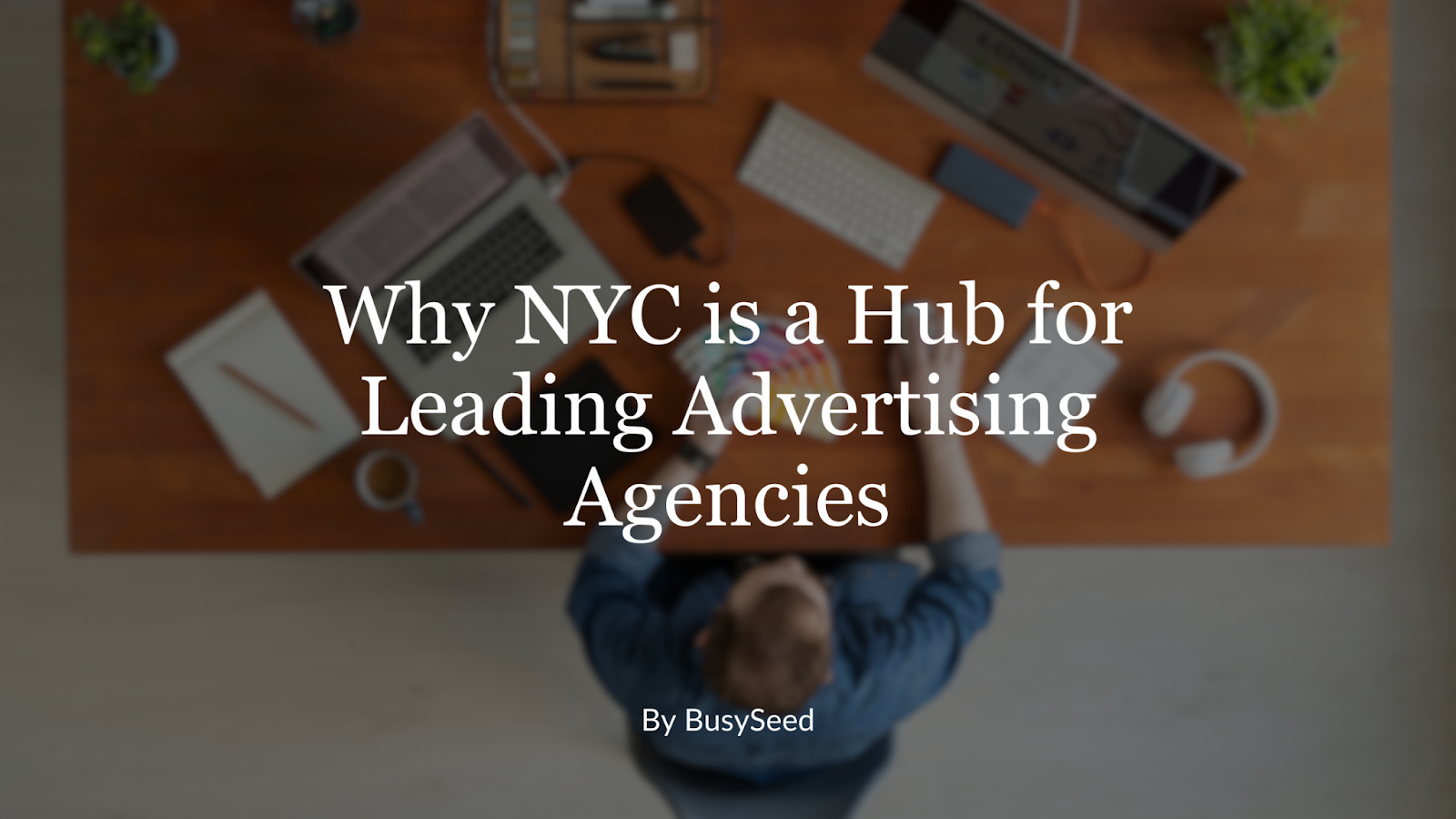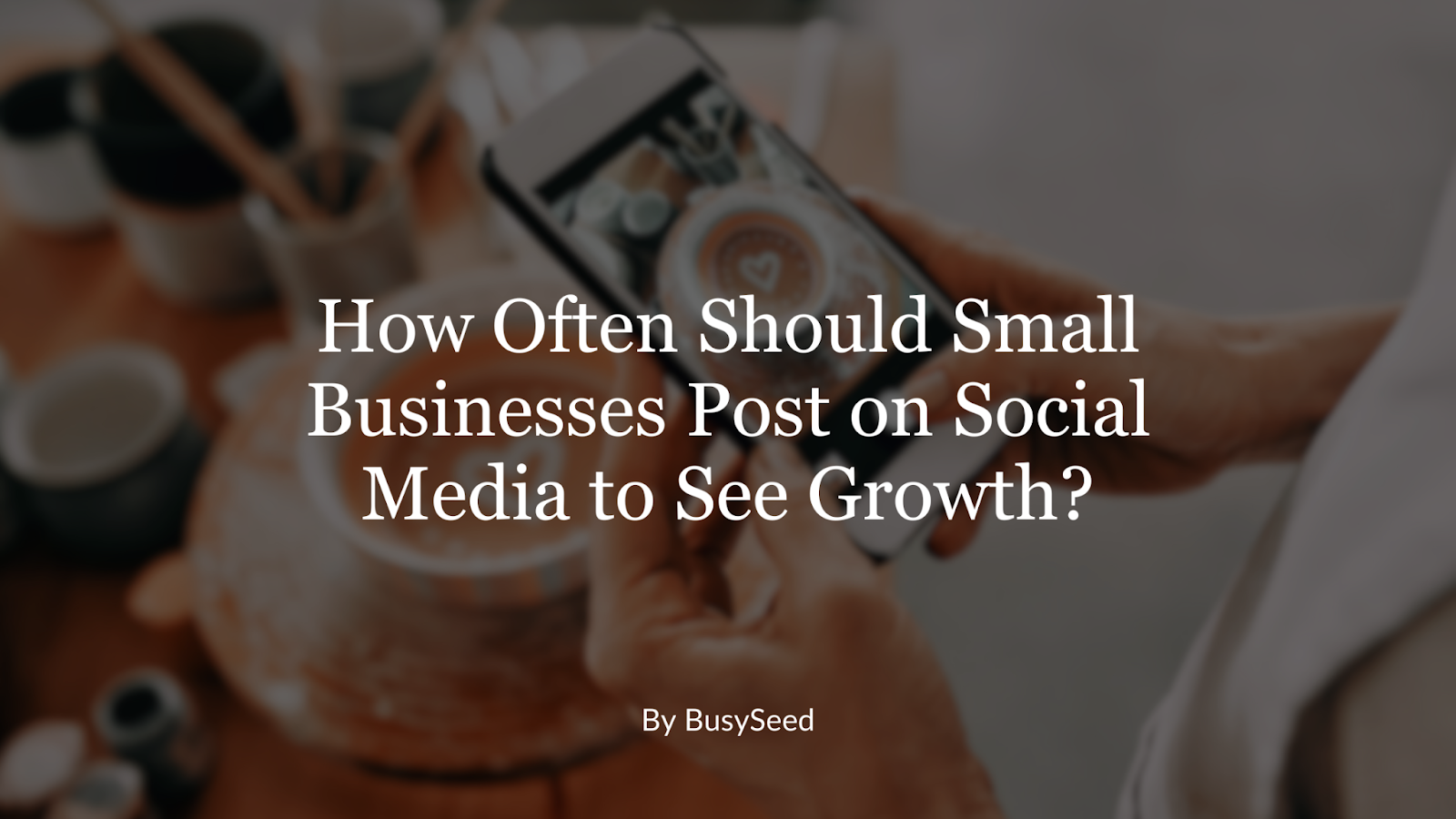Learn the Basics of SEO
People often think that search engine optimization (SEO) is too challenging. Many give up on learning it even before trying. However, the SEO basics are simple, and its significance in driving web traffic makes it worth the effort. Interestingly, many users effectively run their websites despite limited SEO understanding.
The information below presents essential steps to help you know SEO basics. It enables you to use the technique properly for success.
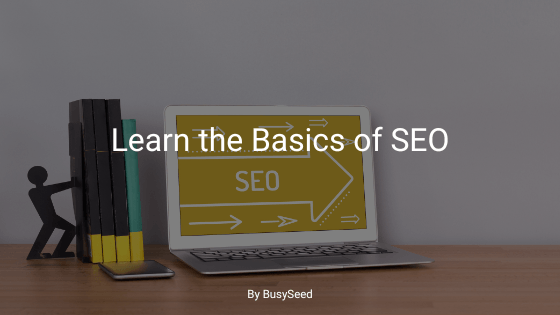
Identifying SEO Keywords
Finding the right keywords is critical in boosting your rank in search engines. The biggest benefits you can derive from using SEO are traffic-related. Generally, most web traffic originates from Google's organic results.
Search engines like Google select the pages to rank based on hundreds of signals. SEO keywords are significant because they boost these signals to rank higher in the organic search results. Hence, it is vital to identify the keywords needed to optimize your site.
This process involves finding the terms that people are searching for online. Search volume, relevance, and competition are three primary elements determining a term's effectiveness.
Search volume refers to how many people, if any, really search for a specific keyword. Relevance requires you to use terms associated with your business. Lastly, competition means evaluating your competitors before picking specific terms that enhance your likelihood of ranking higher.
One essential consideration to ensure you get the right keywords is understanding your target audience.
The second one is to learn and predict their likely search interests. You can use keyword tools like SEM Rush to identify the terms that rank your competitors. These two points offer substantial clues in helping create specific and customized terms to optimize your site.
Making Your Site SEO-friendly
Once you know the SEO keywords to use, you want to incorporate other strategies to make your site SEO-friendly. Typically, you want each page on your website to target a core keyword and many related terms.
The following on-page elements can help you recognize how to make your site SEO-friendly. They allow you to take the best measures to direct search engine traffic to your site:
Title Tags
One of the most effective places to incorporate a keyword is your page's title tag. It is wise to note that a title tag is not a page's primary headline. A title tag refers to information you see at your browser's top or your page's tab. The page's source code also populates it in a meta tag. The headline is usually the H1 or H2 HyperText Markup Language (HTML) element.
You want to integrate your primary keyword in your title tag in a compelling yet natural way. A general rule is to keep the title tag short, featuring
65 to 70 characters.
Meta Descriptions
A meta description is an extra ad copy on your site, showing a short description of your page. A compelling one means people are likely to click on your site, increasing traffic. It is critical to be creative with your meta descriptions since Google uses them to boost your search ranking. You want to include a keyword and related terms to optimize the page.
Body Content
A good recommendation when learning the basics of SEO is to create thick and unique content. You want to avoid the temptation of having easy, thin, and duplicated ones. Thinner types mean you have thousands of extremely short pages or copied content. You can make your page SEO-friendly by thickening your page and adding relevant content.
Engagement is another essential consideration that Google values. You want your content to address searchers' questions to achieve engagement. It leads users to stay on your page and engage with your content. It is also proper to add content that you can share with your target audience. Sharing capability increases your reach and potential visitors, providing another way of improving search results and ranking.
Alt Attribute
An alt attribute refers to an HTML element for marking up images, helping search engines know what your page covers. It enables you to offer alternative information for a picture if someone cannot view it for various reasons.
You want to create an accurate description by imagining that you are describing it to a blind user. It helps improve the user experience when your images break over time. You want to avoid keyword stuffing. Leave out the core term if it does not naturally fit your alt attribute.
URL structure
The URL structure is significant since it makes tracking and sharing convenient. You do not want to create a long structure filled with keywords that negatively affect users. It always is better to form a short and descriptive URL.
Internal Linking and Information Architecture
You can help Google better perceive your page content by linking to another page within your site.
Search engines evaluate the actual text where you place links, referred to as an anchor text. It is better to utilize a descriptive text as your anchor text, being keen to avoid cramming keywords.
Information architecture is the way you arrange your site and interlink between pages. It can influence how different content rank in response to searches. Search engines largely view links as votes of confidence. They aid them in understanding what a page talks about and its significance.
Building Links and Marketing
Building links refers to expanding your online influence by earning links and attention from other influencers and sites. Developing links is a critical aspect of creating sustainable marketing strategies. For instance, a marketing digital agency can design and promote content that will generate links, social media shares, and clicks.
Building links and marketing go simultaneously since the links enable your site to appear in search results listings. Google's algorithm largely relies on links, meaning several high-quality links in your content can increase search traffic to your site.
This piece lets you know the different steps taken when learning the basics of search engine optimization. You can rely on this understanding to venture into the online world and create a website using proper SEO applications. Visit our digital marketing agency to learn more about SEO to grow your website!
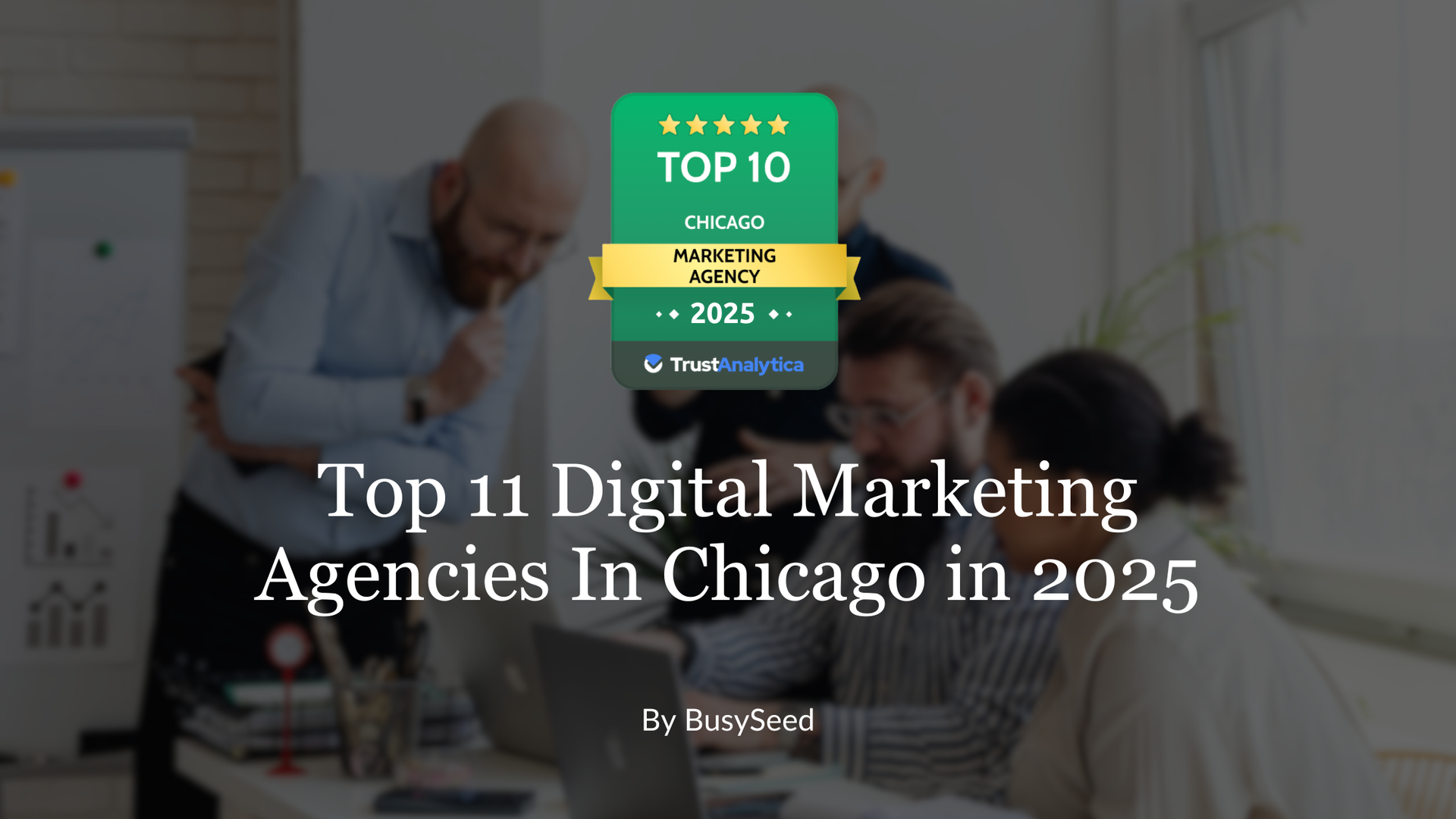
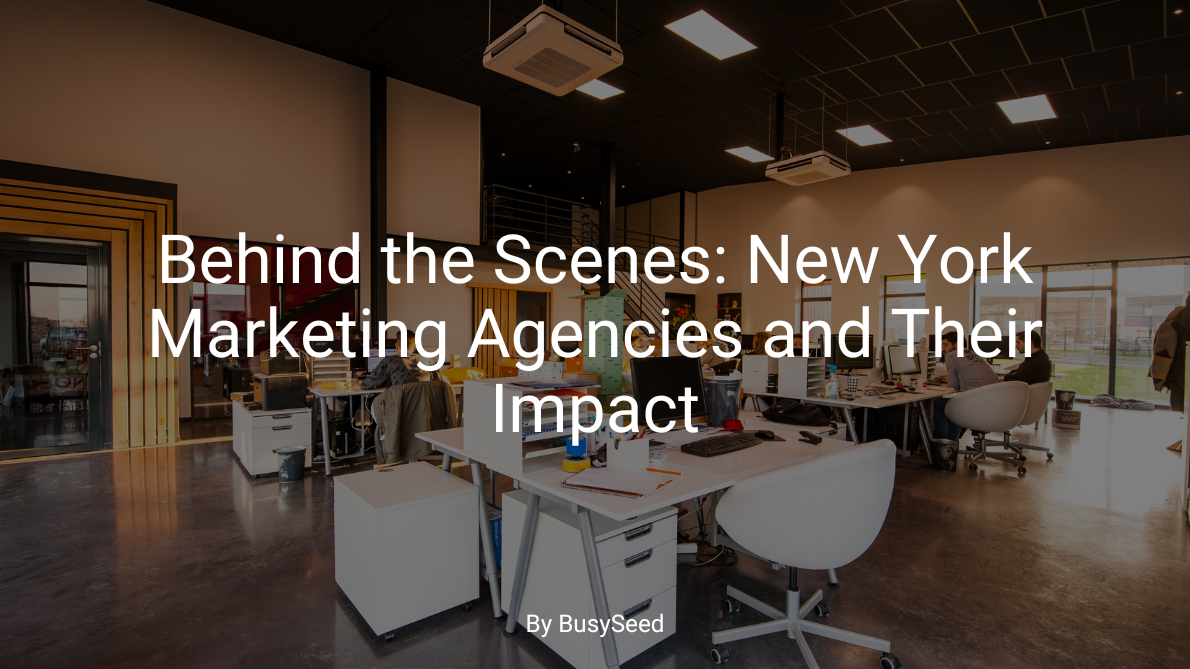

 Forms? Rethinking Your B2B Lead Capture in a Post-Form World"." onerror="handleImageLoadError(this)"/>
Forms? Rethinking Your B2B Lead Capture in a Post-Form World"." onerror="handleImageLoadError(this)"/>


